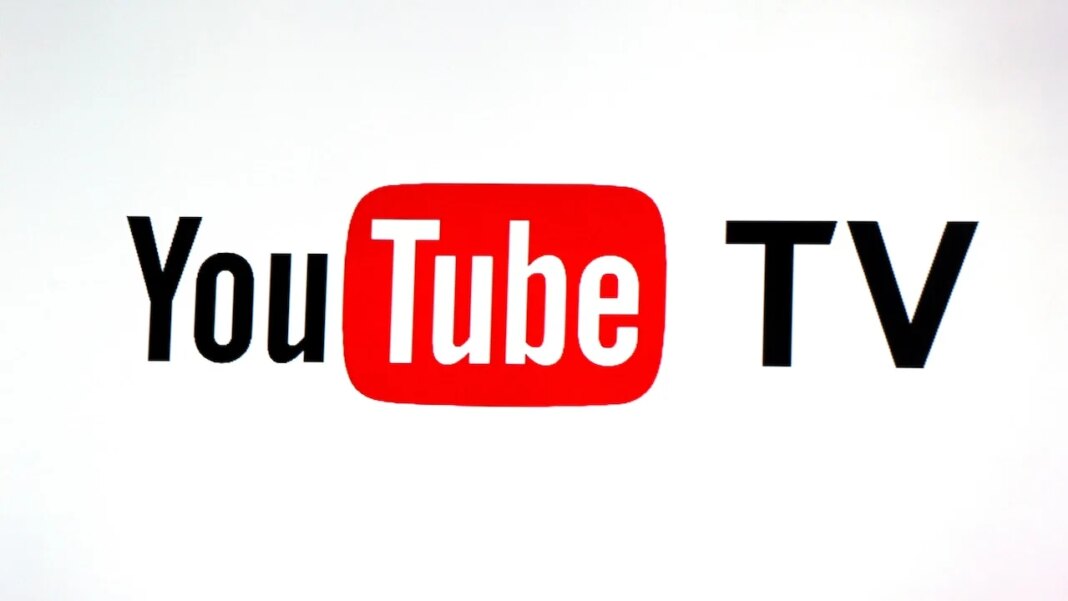Disney and YouTube TV Strike a Deal: What You Need to Know
New York recently witnessed a significant turn of events in the streaming landscape when Disney and YouTube TV announced a new agreement that reinstates beloved channels like ABC and ESPN. This development comes after a blackout that inconvenienced subscribers for over two weeks, leaving them without access to a range of popular programming.
Restoration of Channels
As part of the new deal, Disney’s comprehensive suite of networks has begun returning to YouTube TV subscribers. A statement from The Walt Disney Company confirmed this restoration, underscoring the collaborative efforts between Disney and YouTube TV to bring back programming that is crucial for sports enthusiasts and general viewers alike.
YouTube TV also acknowledged the restoration of Disney’s channels on its platform, committing to have these channels back for subscribers throughout the day. They expressed gratitude for customer patience during the negotiation phase, indicating an awareness of the inconvenience caused by the blackout.
The Blackout and its Implications
The disruption in service began on October 30, when the two companies failed to agree on a new licensing deal. The absence of Disney’s content significantly affected coverage of major events, particularly college football matchups and various professional sports games. Subscribers also missed out on news and entertainment programming, which are key components of the YouTube TV offering.
During the blackout, not just ESPN and ABC went offline, but a range of other Disney-owned channels such as NatGeo, FX, and the SEC Network were also unavailable, amplifying the impact on subscribers who depend on these networks for diverse content.
The Negotiation Tactics
The conflict arose from differing perspectives regarding the terms of the licensing deal. YouTube TV accused Disney of proposing high costs that would lead to increased subscription prices and reduced choices for users. They alleged that Disney used the blackout as a negotiating tactic, one that would inadvertently promote Disney’s own streaming services.
On the other hand, Disney maintained its position, arguing that YouTube TV was unwilling to pay fair prices for its channels. The California-based entertainment giant criticized Google for leveraging its market dominance, implying that such actions stifled competition. Both companies engaged in a public exchange as negotiations faltered, adding to the tension during a critical time leading up to the upcoming U.S. elections.
The Return to Negotiated Normalcy
Ultimately, the agreement that reinstated Disney’s channels reflects a mutual understanding to balance service value for subscribers with operational needs. YouTube TV expressed its satisfaction with the deal, mentioning that it preserves the service’s value and allows for future flexibility in offerings. Disney executives echoed this sentiment, emphasizing their commitment to delivering high-quality entertainment tailored to evolving viewing preferences.
A Growing Trend in Streaming Disputes
This recent episode is indicative of a broader trend in the streaming industry, where licensing disputes are becoming increasingly common as competition intensifies for live content. Consumers frequently bear the brunt of these negotiations, often left navigating a labyrinth of content availability depending on contractual terms between multiple providers.
Historically, this is not the first time YouTube TV has faced challenges with Disney. In previous negotiations, subscribers experienced disruptions, though previous disputes typically lasted less than two days. Furthermore, other content providers like Univision have also faced removal from the platform after contract agreements expired, highlighting a growing frailty in content availability in an era dominated by competitive streaming services.
Subscription Costs and Comparative Offers
YouTube TV’s base subscription stands at $82.99 per month, offering a wide array of channels, including not just Disney, but traditional networks like NBC, CBS, and Fox. The platform has occasionally compensated subscribers during extended disputes, as seen during the blackout with Disney, where a $20 credit was offered to users affected by the situation.
Disney’s commitment to live TV extends beyond traditional broadcasting, with offerings available through its own suite of streaming platforms including ESPN+, Hulu, and Disney+. Notably, Disney also introduced a bundled package offering ESPN with Hulu and Disney+—a strategic move to capture viewer interest while providing multiple viewing options at a competitive rate.
Each of these dynamics reflects not only the competitive nature of the streaming marketplace but also the challenges that consumers may face as companies negotiate terms that directly affect the availability of programming they enjoy.



